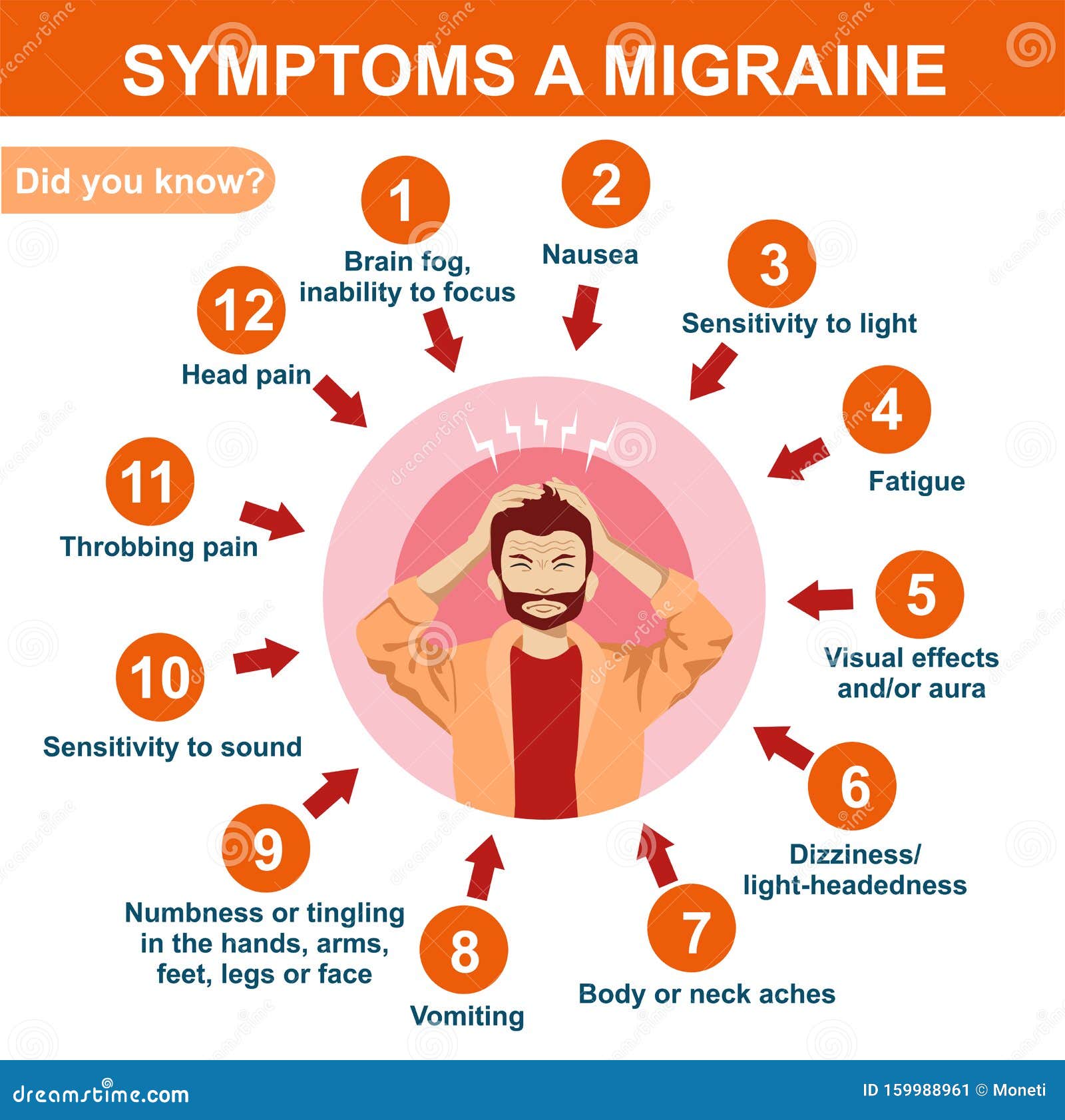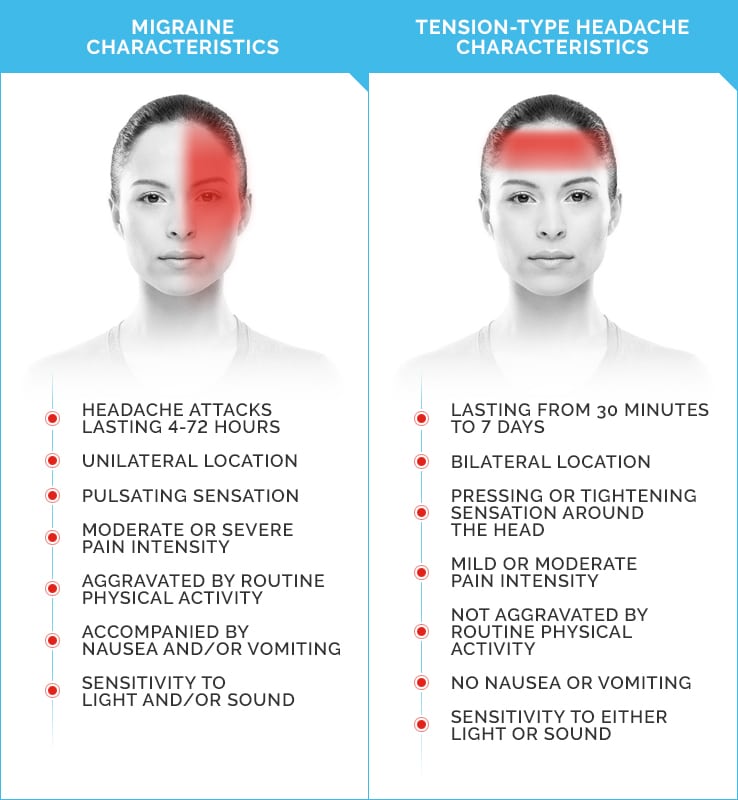A migraine is a severe headache that can cause intense pain, throbbing, and sensitivity to light and sound. The exact cause of migraines is still not fully understood, but it is believed to involve a combination of genetic, environmental, and neurological factors. One common symptom of a migraine is a localized head pain that occurs on one side of the head. This pain is typically described as a pulsating or throbbing sensation.
During a migraine attack, the individual may experience pain in various parts of the head. The most common location is the frontotemporal area, which refers to the forehead and temple regions. This pain can radiate to other areas, such as the eye or jaw on the affected side. In some cases, individuals may experience pain on both sides of the head, although this is less common.
The intensity of the pain can vary from person to person, and it may also change throughout the duration of the migraine. Some individuals may also experience additional symptoms, known as migraine aura, before the headache begins. These symptoms can include visual disturbances, such as flashing lights or blind spots, as well as numbness or tingling sensations in the face or limbs.
Migraines can be extremely debilitating, often interfering with daily activities and productivity. Treatment options for migraines include over-the-counter pain relievers, prescription medications, lifestyle changes, and avoiding triggers such as certain foods, stress, or lack of sleep. It is essential for individuals experiencing frequent or severe migraines to consult with a healthcare professional for an accurate diagnosis and appropriate management plan.
In summary, migraines are intense headaches that can cause severe pain, throbbing, and sensitivity to light and sound. The pain is typically localized to one side of the head, often in the frontotemporal region. Migraine attacks can vary in intensity, and additional symptoms, such as visual disturbances, may occur before the headache starts. Proper diagnosis and management are crucial in effectively handling migraines and improving quality of life.
What does a migraine headache feel like?
A migraine feels like a throbbing or pounding pain that tends to be worse on one side of the head. You may also have symptoms like nausea, vomiting, numbness, chills, and sensitivity to light or sound. A migraine can typically last anywhere from 6 hours to 2 days.

How do I know my headache is a migraine?
A migraine is a headache that can cause severe throbbing pain or a pulsing sensation, usually on one side of the head. It’s often accompanied by nausea, vomiting, and extreme sensitivity to light and sound.Jul 7, 2023
What are the warning signs of a migraine?
– problems with your sight, such as seeing zigzag lines or flashing lights.
– numbness or a tingling that feels like pins and needles.
– feeling dizzy.
– difficulty speaking.
What comes first in a migraine?
Some people get a sign that their migraine is coming, called an aura. About 10 to 15 minutes before the actual headache hits, their vision gets blurry or narrowed, and they may see stars or zigzag lines. A migraine feels like a throbbing or pounding pain that tends to be worse on one side of the head.

How should I lay in bed if my neck hurts?
What is the best sleeping position for neck pain? Two sleeping positions are easiest on the neck: on your side or on your back. If you sleep on your back, choose a rounded pillow to support the natural curve of your neck, with a flatter pillow cushioning your head.Feb 2, 2022

Should I lie down if I have neck pain?
What is the best sleeping position for neck pain? Two sleeping positions are easiest on the neck: on your side or on your back. If you sleep on your back, choose a rounded pillow to support the natural curve of your neck, with a flatter pillow cushioning your head.Feb 2, 2022

Is neck pain due to pillow or mattress?
Overly soft mattresses or pillows that raise the angle of your head too high can contribute to neck pain because it can lead you to sleep in a position that puts stress on your spine.
Is neck pain from the mattress or the pillow?
Neck pain can be caused by several factors, including poor posture, sleeping in an uncomfortable position, or tension headaches. However, one of the most common causes of neck pain is a mattress that is too soft or firm.Apr 7, 2022
How do I stop my neck from hurting when I sleep?
– Use a thin pillow. A thin pillow lets you keep your upper spine in its natural position with a slight forward curve.
– Try a cervical pillow. A cervical pillow supports your neck and head to keep them in a neutral position.
– Use a supportive mattress.




